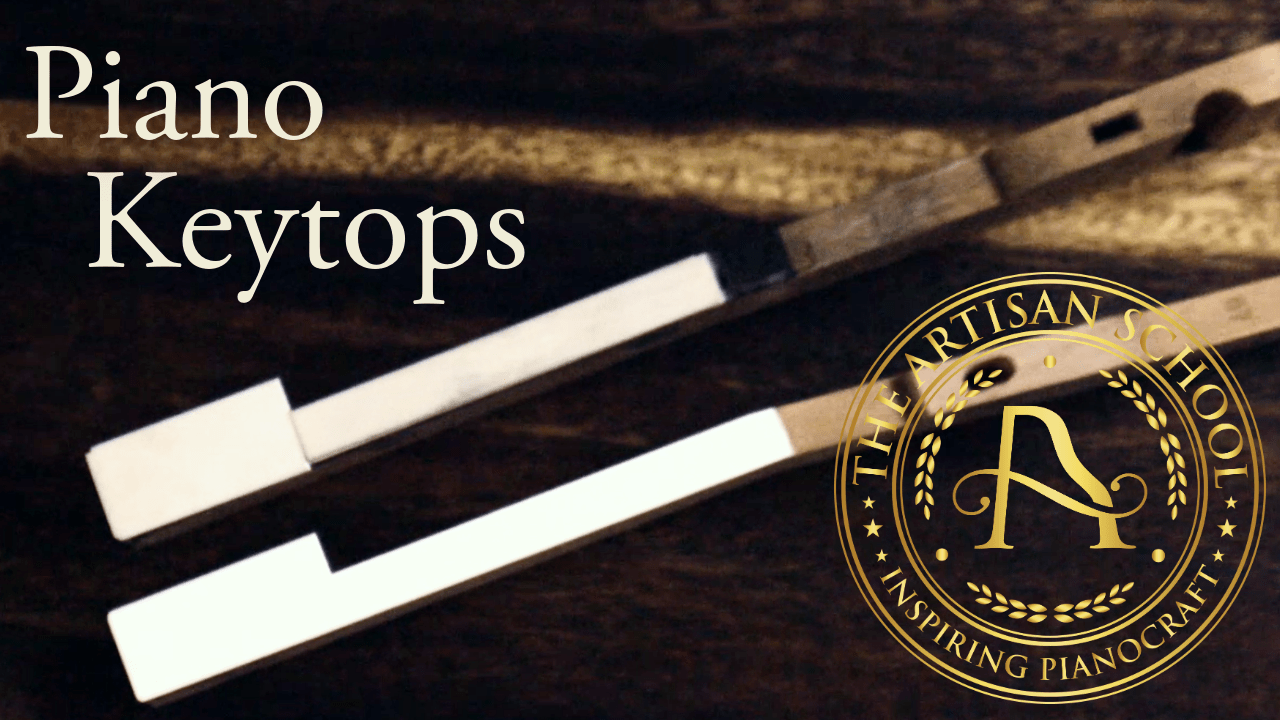Are my piano keys ivory or plastic?

Ivory or Plastic?
3 Easy Ways to Tell What Kind of Keytops You Have
One question we often get is: “Are my piano keys ivory or plastic?”
It’s a great question—and one that can usually be answered with a quick inspection. Here are three simple ways to tell the difference:
1. Look for the seam
Ivory keytops are made from two separate pieces: the head (the front part of the key) and the tail (the thinner section in the back). You’ll often see a faint seam between the wide part of the key and the narrow part that goes between the sharps. Plastic keys, on the other hand, are usually one continuous piece with no visible joint.

2. Check the color
Plastic keytops are typically uniform in color—bright white and consistent across the keyboard. Ivory, however, tends to show natural variation from key to key, often appearing more creamy or slightly yellowed over time.

3. Feel the texture
Plastic feels smooth and glossy. Ivory has a very fine grain—you might see subtle lines, veins, or swirls on the surface. It also feels slightly more porous or textured to the touch.If you notice fine lines, curved patterns, or swirls in your keytops, there's a good chance they might be ivory. Ivory is also more brittle than plastic, so if your keytops have sharp chips or cracks, that’s another clue.

*Ivory was commonly used for piano keytops from the early 1800s through the mid-20th century, so if you have an older piano made in the early 1900s, there’s a good chance it may have ivory keys.
We hope this was helpful! If you have any questions please feel free to reach out to us at ArtisanPianos.com


